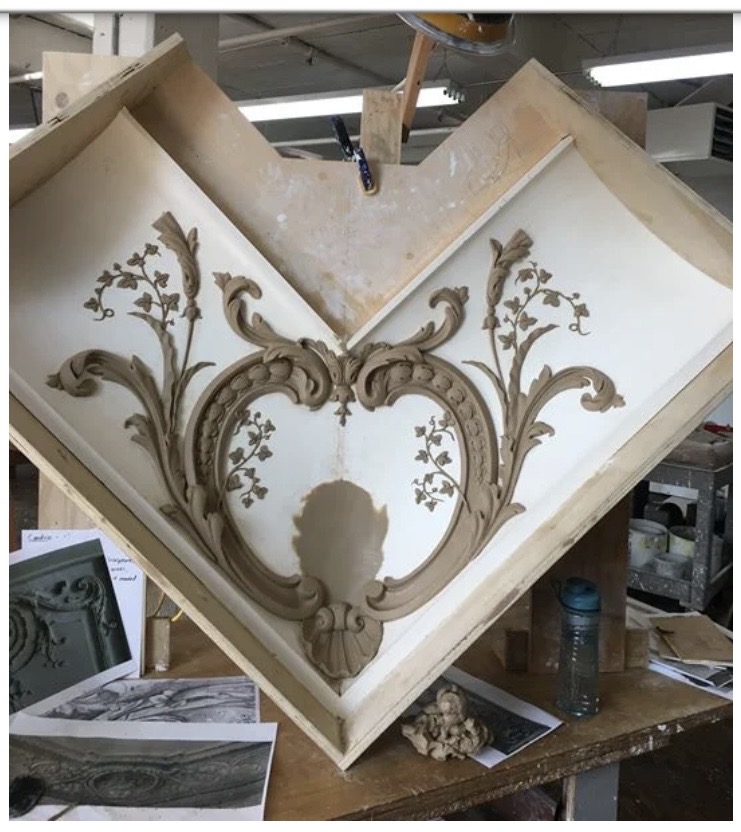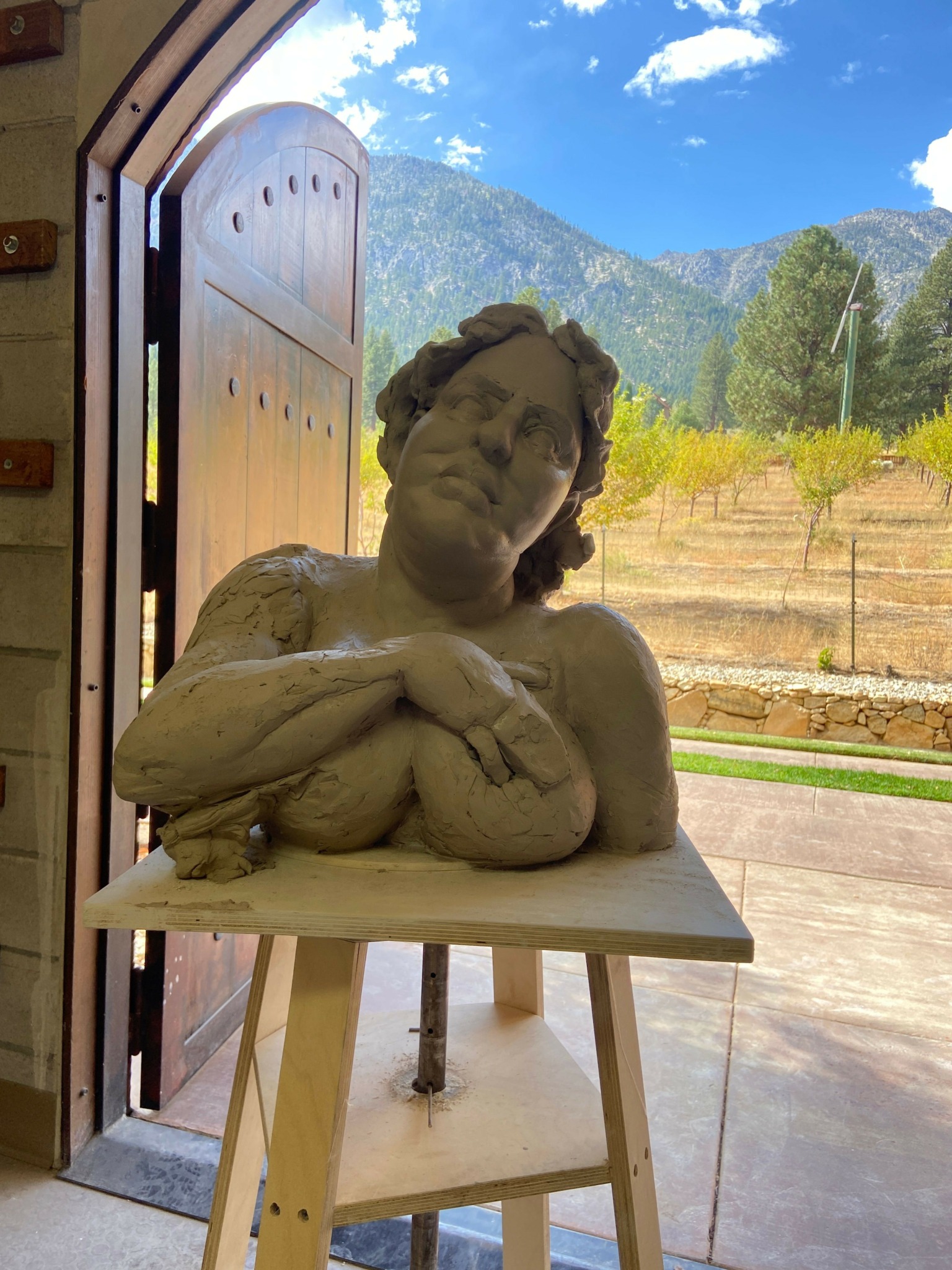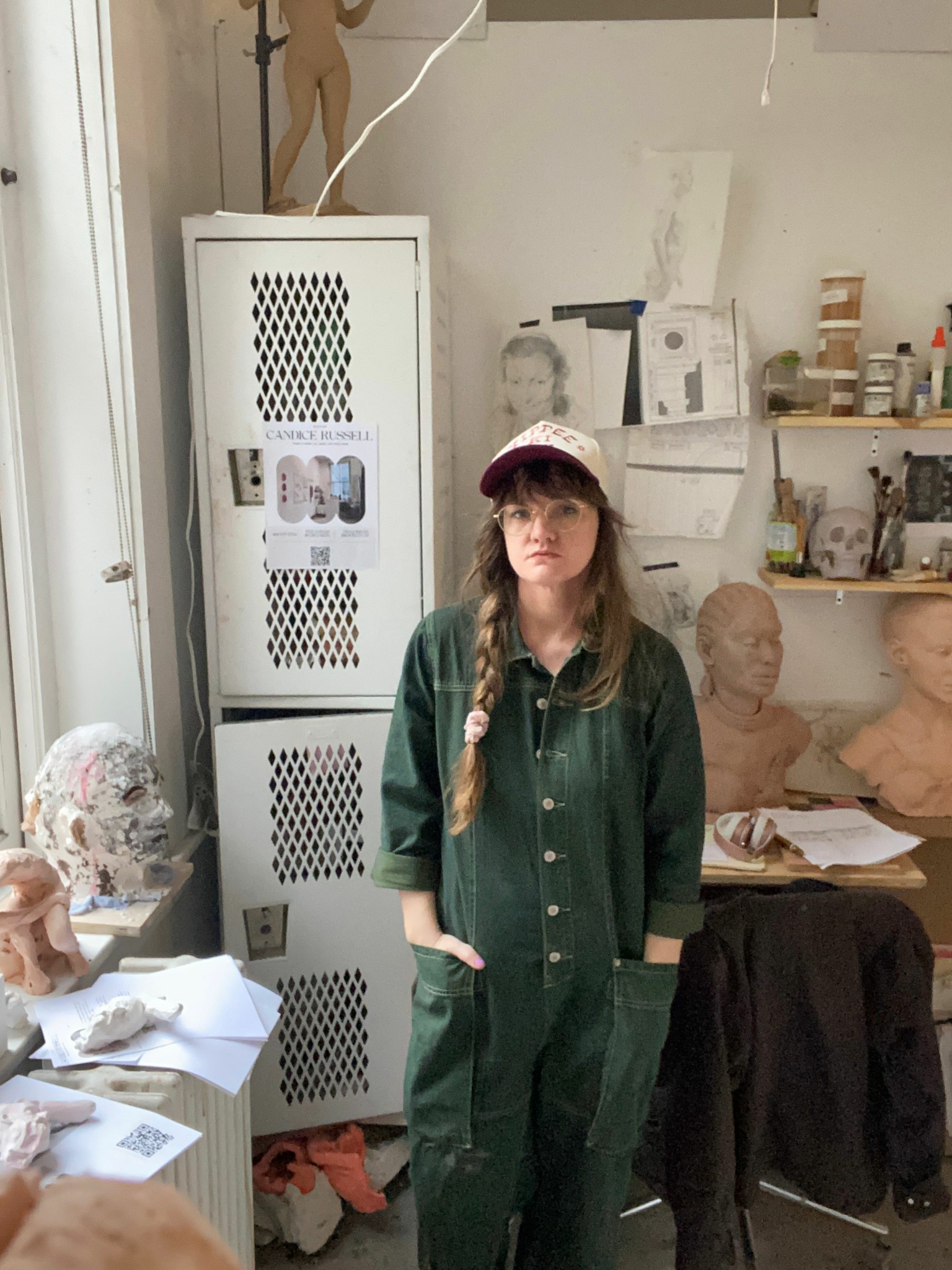We caught up with the brilliant and insightful Candice Spry a few weeks ago and have shared our conversation below.
Candice, appreciate you joining us today. Do you feel you or your work has ever been misunderstood or mischaracterized? If so, tell us the story and how/why it happened and if there are any interesting learnings or insights you took from the experience?
Sculpture seems to be a bit of a black box. It takes many forms and encompasses everything from table top objects to conceptual robotic performances at Art Basil. We’re living in a time of a new Industrial Revolution, anything that can be imagined or created with AI can be run through a digital program and milled on a CNC machine, or a 3-d printer. Most of the art production that is seen in most public places is fabricated by automation, and very little of the human is in the art or the finished work. Sculptors are monolithic and very few are capable of producing their own work. This seems to cause a shiver to run down the spine of almost everyone who peeks behind the curtain, and what is an enterprising young artist to do in order to stand eye to eye with the Goliath that is living through art in the age of mechanical reproduction? My answer is simple, return to the hand, craft, slow down the making of work, look to the artists of the past who rebelled against systems of control.
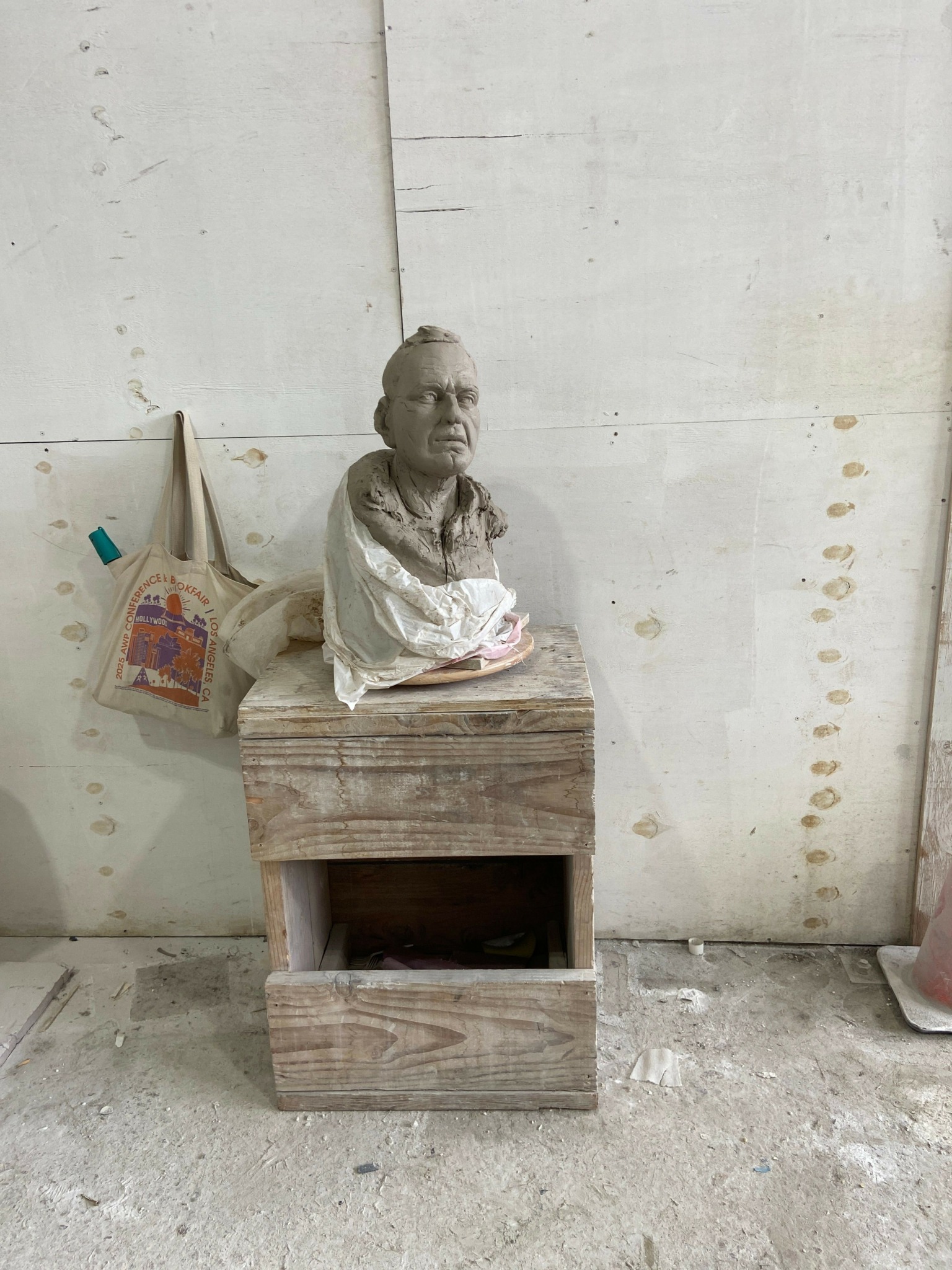
As always, we appreciate you sharing your insights and we’ve got a few more questions for you, but before we get to all of that can you take a minute to introduce yourself and give our readers some of your back background and context?
I work in architectural sculpture and stone carving, so usually my clients are general contractors or architects that need site specific work. I go through the design, planning and installation processes of the work and usually this requires a team of people working in concert together, and involves a lot of delegation if you are the project leader. I’ve won awards from the Institute of Classical Art & Architecture, and every single one of those projects has a huge amount of people who put their all into them. And they carry that with them, the people that keep this work alive deeply believe in the power of handmade work and it gives them pride. I love watching someone who has never been able to think of themselves as artists, conceptualizing and understanding good vs. bad form in less than three months. When people discover what makes them inspired magic happens.
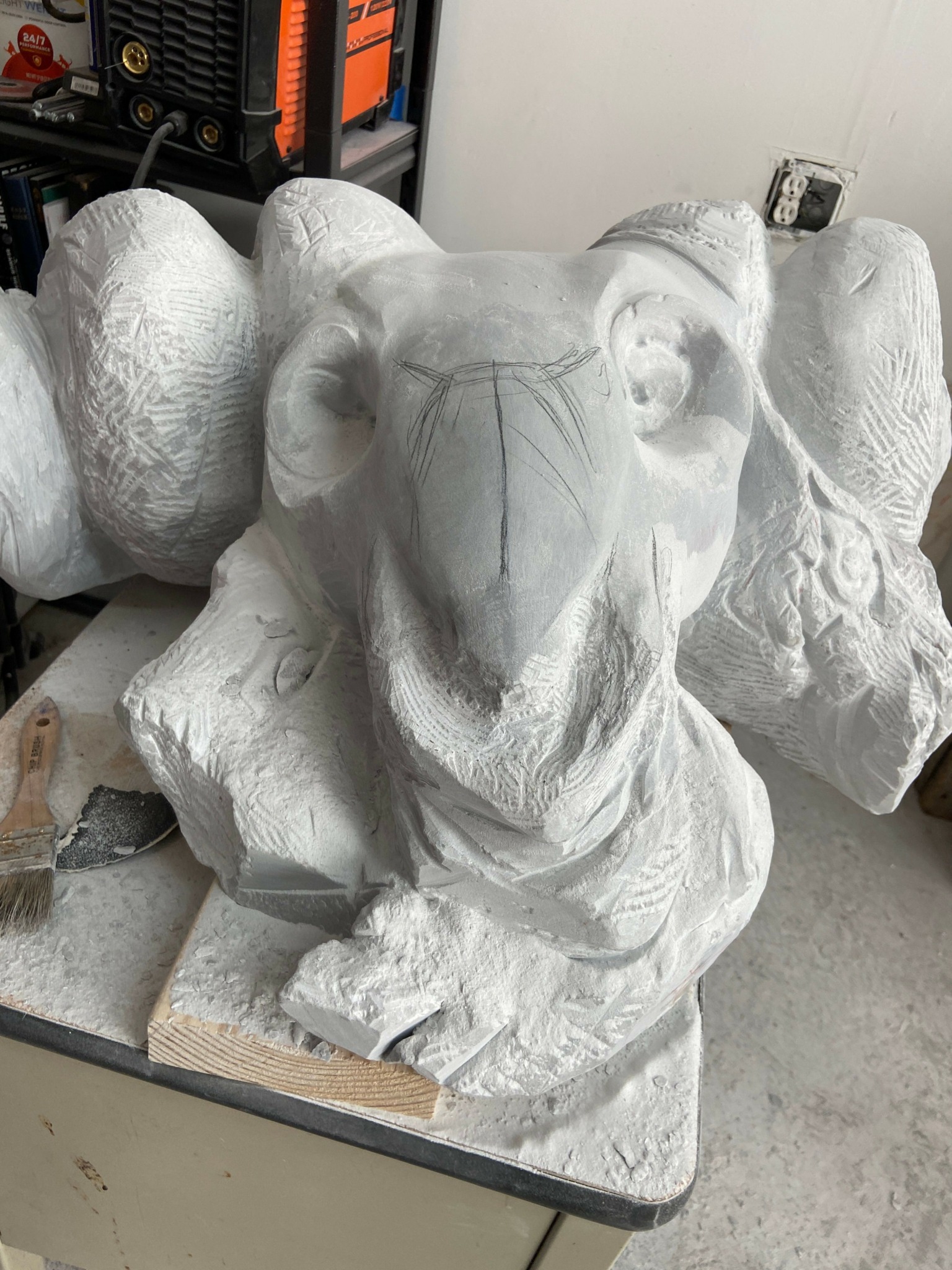
In your view, what can society to do to best support artists, creatives and a thriving creative ecosystem?
We have to foster a culture that allows for experimentation and failure, I think of when Brian Wilson’s call to action was of a time not meeting him where he was. Art doesn’t have to be something only available to those with the time and resources, and that has been a struggle throughout human history. Fostering a creative society means slowing down and asking questions, rather than trying to force an answer. Slow, meditative progress towards understanding is something that metrics can’t map.
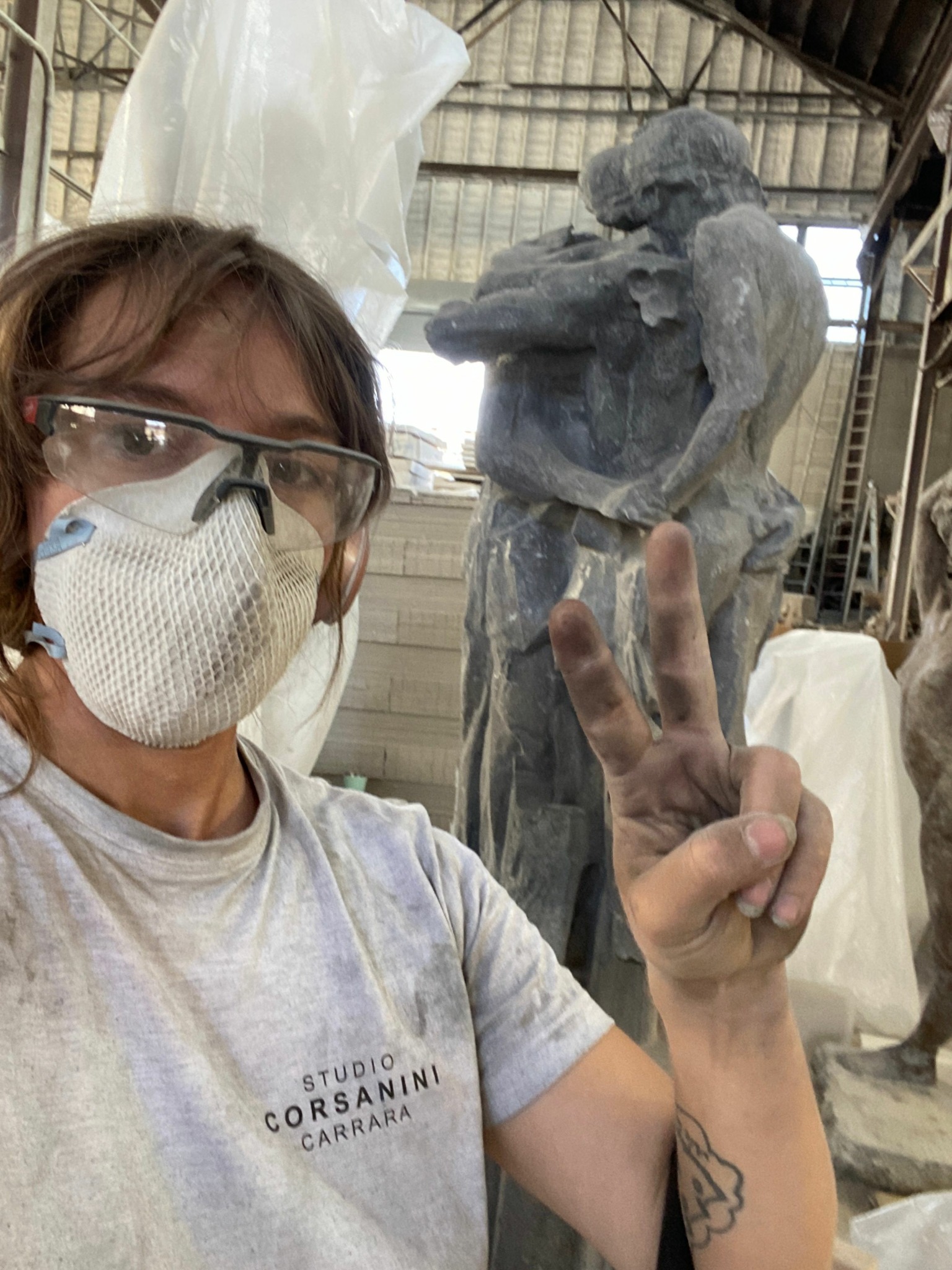
Looking back, are there any resources you wish you knew about earlier in your creative journey?
There are grants for building your business, for certifications, for pretty much any and all of what you might need to fund your work, your local congress member will help you find grants for your small business. Look on NYFA.org for help in finding resources, and look into your local Percent for Art Program. Any building that receives federal funds requires one percent of those funds to be distributed to public art creation. CERF, Craft Emergency Relief Fund is an excellent resource. Get good at writing grants, because this will carry you, especially early in your career. Learn how to bid on jobs and be assertive.
Contact Info:
- Website: https://cregards.wixsite.com/candicespry
- Instagram: https://Instagram.com/cregards
